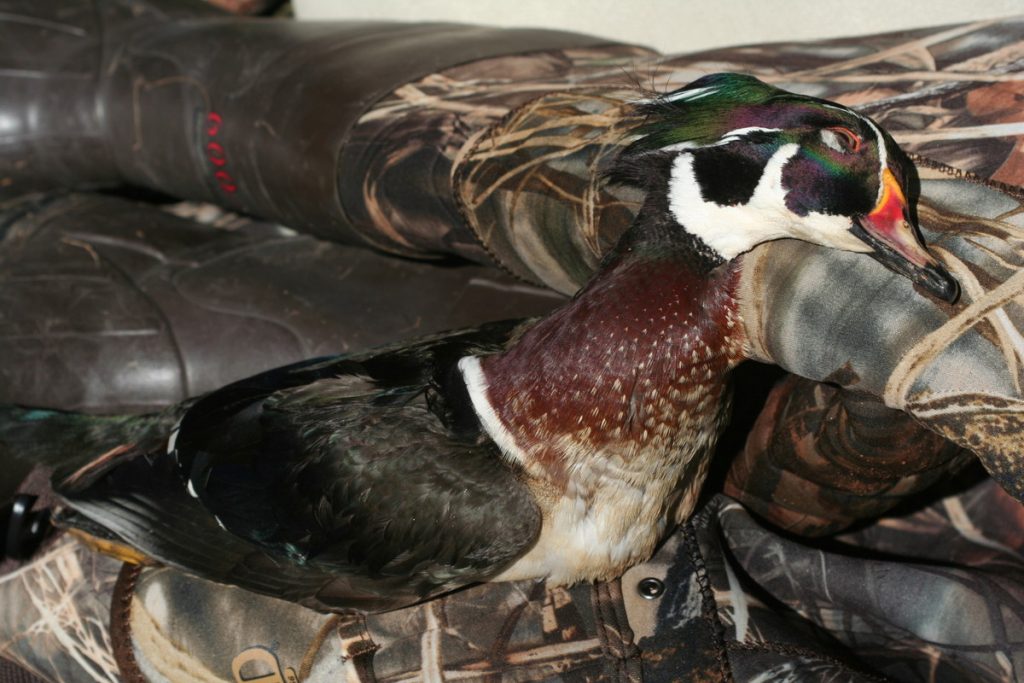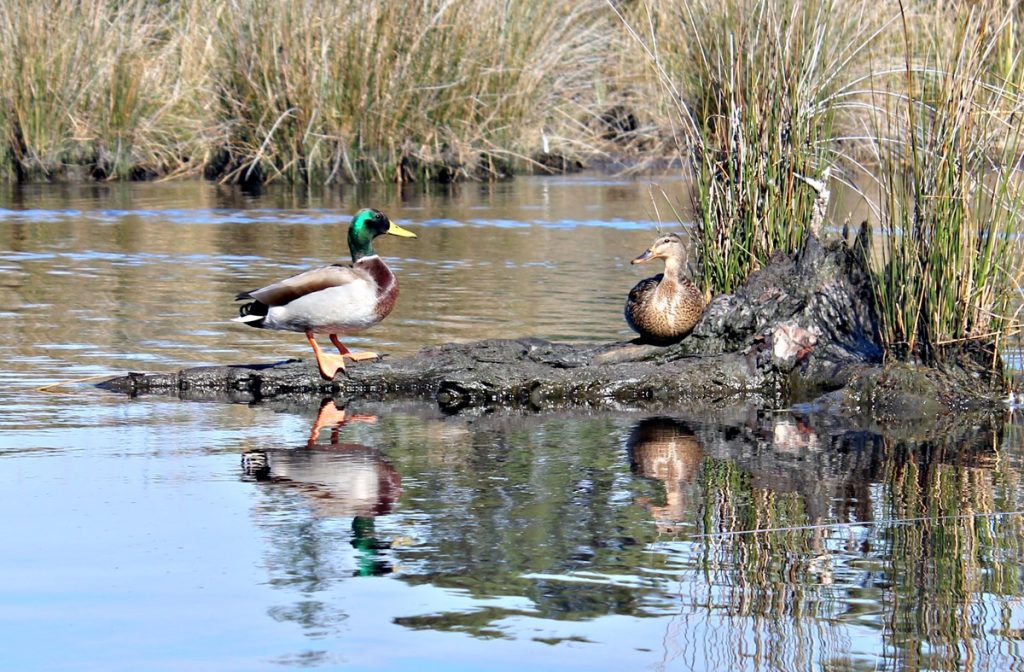Where our waterfowl originate
Fall 2025
By Polly Dean
Photos by Jimmy Jacobs
A significant number of Georgia’s waterfowl harvest of birds migrating through our region originates in the Prairie Pothole Region of our continent. Geographically, the Prairie Pothole Region’s northern boundary begins in the provinces of Saskatchewan and Manitoba, Canada reaching southward through the states of Montana, the Dakotas and eastward passing through portions of Minnesota and Iowa.
This region is also known as the “Duck Factory” and is a primary focus of Ducks Unlimited conservation efforts. While DU nationally handles the area the ducks originate in, Georgia DU works through efforts such as their Southeastern Coastal Plain conservation work to provide stop over habitat for the migration.
Ducks Unlimited mission is to conserve wetlands for waterfowl and other wildlife species throughout a vast continental range. These grounds and wetlands are used for breeding, and to provide stopping grounds along their migration flyways to wintering areas. The diversity of wetlands and grounds include marshes, bogs, swamps, bottomland forests, and flooded rice fields.
Ducks Unlimited Georgia has a number of chapters in the Peach State, with a total membership of 18,127 individuals. Those chapters raise funds to support the conservation work, mostly through annual banquets that feature auctions and raffles. To date, those gatherings have raised $2,596,879 for projects that have conserved 28,354 acres of habitat in Georgia. Those conserved acres benefit our home-grown wood duck population as well.

Annually, both the U.S. Fish and Wildlife Service and several states in the Duck Factory region do surveys to see how the waterfowl populations are faring. This year’s survey by North Dakota, which is in the heart of the Prairie Pothole region, provided a good barometer of what kind of migration we can expect when our duck season opens.
North Dakota’s survey estimated 2.66 million breeding ducks. This represents the second year in a row the number has declined. It was lower than the previous year, which was 2.91 million, and the 2023 number of 3.43 million ducks. Though this year’s number represents a 9 percent decline from the previous year, it remains 7 percent above the long-term average compiled since 1955.

Counts for individual species also followed the recent downward trend, with three dabbling ducks showing notable declines. Mallards were estimated at 26 percent below last year’s number and the lowest in just over three decades. Northern pintails fell 22 percent and blue-winged teal declined 15 percent. Despite their drop, bluewing teal remained the top breeding duck in the North Dakota. Other dabblers showed declines as well.
Diving ducks fared differently. Redheads set a record in numbers, up 23 percent from last year and 136 percent above the long-term average. Scaup were up 26 percent from last year, and canvasbacks increased nearly 14 percent. Other notable standouts in the survey indicate the American wigeon increased 9 percent from last year, but remain 24 percent below the long-term average. Canada geese, while still abundant, showed a 15 percent decline from 2024.
Post North Dakota surveys, rains likely brought improvements to habitat conditions in the state, which will translate to higher brood numbers and fall flight comparisons to last year than the survey numbers might indicate.
Meanwhile, the USFWS estimates of total breeding ducks for the entire nation were similar to last year and 4 percent below the long-term average. Mallards were estimated to be similar to last year and 17 percent below long-term. Pintails were estimated at 13 percent above last year, but 41 percent below the long-term average.
In total, it the statistics indicate that the Georgia waterfowl action should be about the same as last year, with a sufficient number of ducks to keep our hunters busy.
For more information on Georgia Ducks Unlimited and how you can get involved click here.
Polly Dean is an award-winning writer, photographer, angler and hunter, who makes her home in Athens. She is a member and past president of the Georgia Outdoor Writers Association. Polly is the Associate Editor of On The Fly South. She can be contacted at pollydean22@gmail.com.